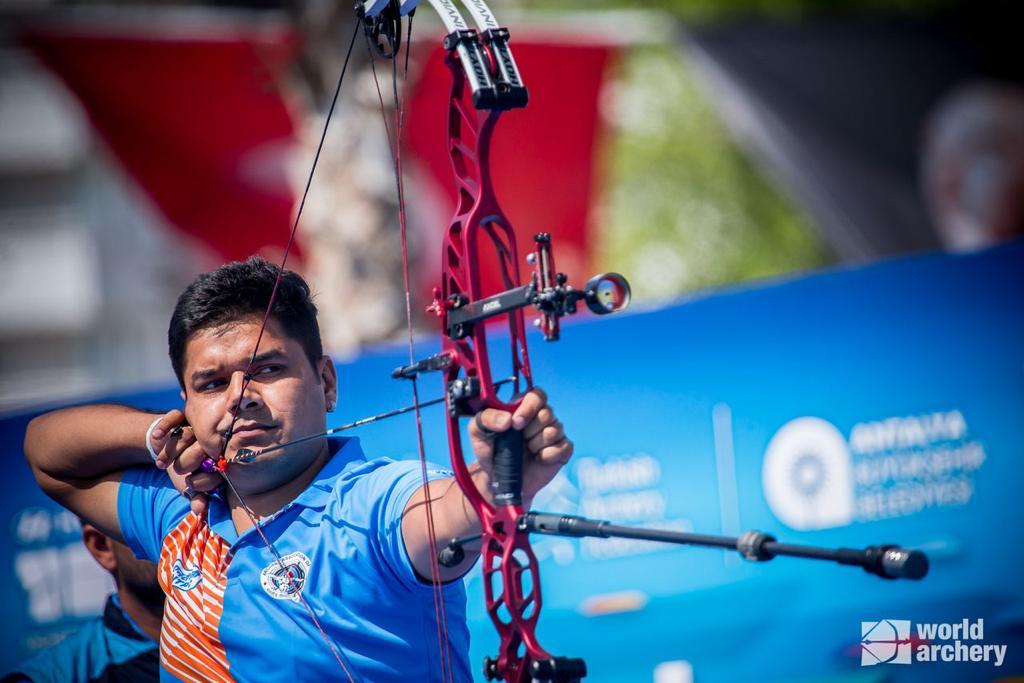(December 24, 2023) Moving to the US as a teenager, gradually finding his ikigai and making a success of it are all part of incredible culinary journey of Chef Vishwesh Bhatt.
He believes fusion is a dirty word in the world of cuisine, yet masterfully creates dishes that are the epitome of global influences. He considers himself as a Southerner from India and is the Executive Chef at Snackbar, the restaurant he has set up from scratch with his mentor John Currence. Chef Vishwesh Bhatt, originally from Gujarat in India, has reinvented dishes with local ingredients, serves some traditional ones with a twist and has incorporated some of the typical foods of the South into his menu, to great success.
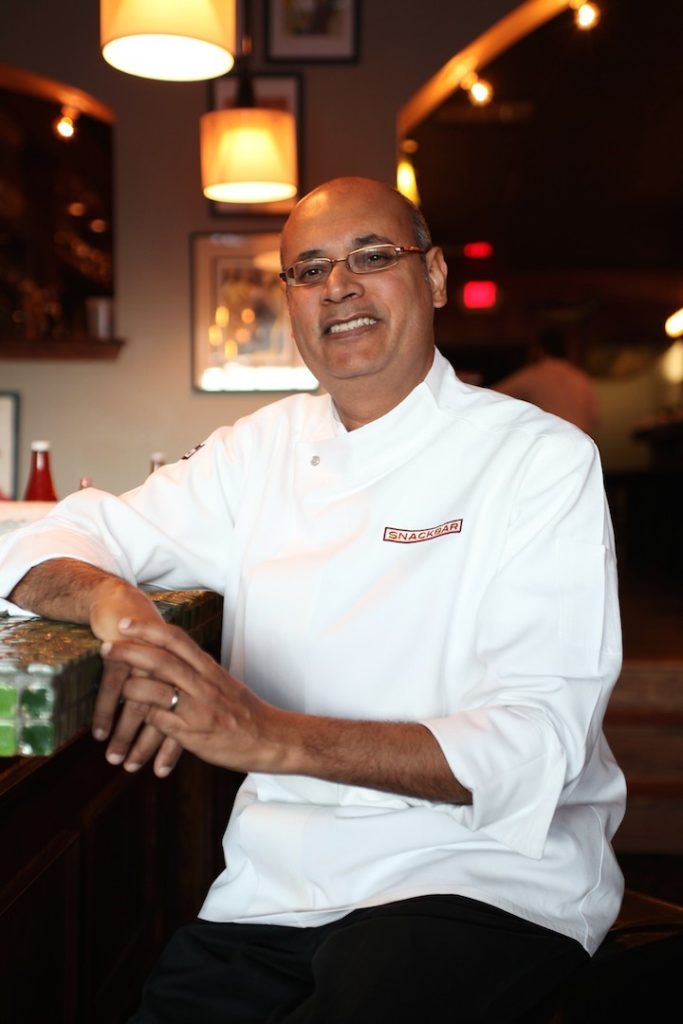
Chef Vishwesh Bhatt
Making Mississippi Home
Living in Oxford, Mississippi, where he came to study for his Master’s, where his father was teaching physics, Vishwesh, or Vish as he is popularly known, made this southern university town his home. In his cookbook, I am from here, Stories and Recipes from a Southern Chef, which won the James Beard award for best cookbook in 2022, he candidly reveals that he did not struggle like other immigrants. In an exclusive with Global Indian, Vish says, “At grad school I realised this is not what I wanted for a career. My mother used to cook a Gujarati thali meal once a week at Harvest Café, a progressive local restaurant in Oxford. She was going to India for the summer and I offered to step in. I found that I enjoyed cooking during those two months. Though I couldn’t roll out chapatis, I knew a couple of things.”
Eventually, the vegetarian Vish overcame his hesitation about meat. He admits, “My parents were okay with it, though it took me a while to summon the courage to try some. This way, I had a lot more choices in food. To date, I like some meats and I don’t eat everything.”
While in Oxford, Vish used to work at a local restaurant called City Grocery, owned by Chef John Currence. Wanting formal training in western basics of cooking, Vish enrolled at a culinary school in Miami, Florida. Following which he took up a job in Denver, Colorado, but always kept a lookout for opportunities in Oxford. He even met his wife Teresa, a nurse, during this time.
Sure enough, in 2002, they got a chance to move back – and he joined City Grocery once again. Vish has been with the City Grocery Restaurant Group ever since. He refers to John Currence, the owner, as “a great boss, a better mentor, and an even better friend.” Currence for his part, in the foreword, shares details about their many travels together over the last 20 years and the deep and abiding bond they share.
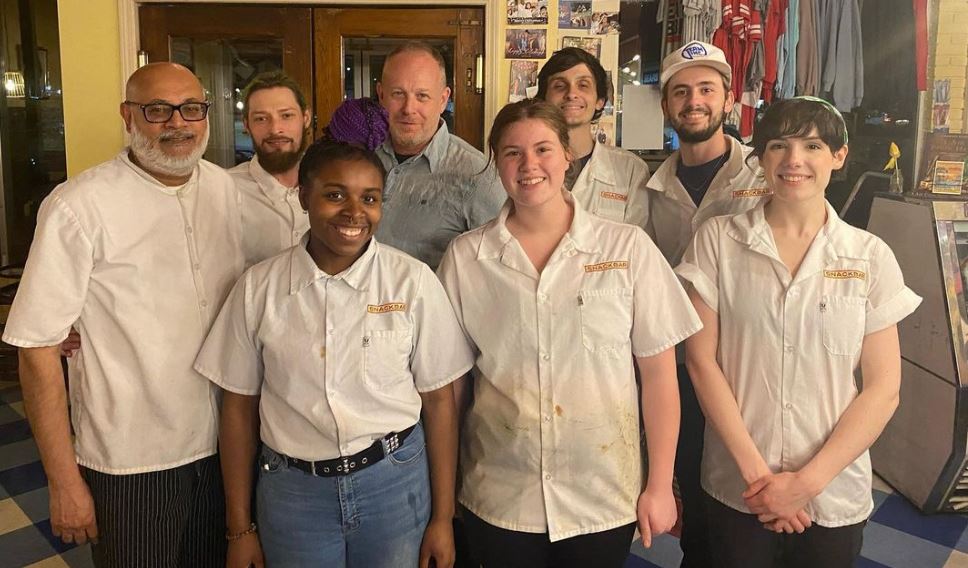
Chef Vishwesh Bhatt with his Snackbar team
Fusion or Confusion
Vish became the Executive Chef at Snackbar, launched by Currence in 2009. He says, “It was a neighbourhood bistro-style café. I wrote the menu and it has been my baby from the start.” From typical Creole, French style food, he gradually morphed it by adding more Indian flavours. He says, “The dishes have worked really well over the last 15 years.”
Surprisingly, though Chef Vishwesh Bhatt has served an Okra Chaat with chaat masala and has made upma from grits [ground corn with the texture of idli rawa, very popular in the South], he considers fusion to be a dirty word. He candidly says, “Fusion is a dirty word; because if you observe the evolution of food, some flavours that came together make sense – for example cooking jeera with alu – cumin and potatoes go well. I find that mashing up different ideas just because you are good it without any knowledge of the food doesn’t work. It is more confusion than fusion. Randomly putting cheese on bhelpuri just because you can, doesn’t mean you should.”
The Southerner from India
So how would he describe his cooking style? “Southerners use a lot of greens; and they have a serving of three vegetables with meat. Instead of spinach for example, I make saag with collard greens that are used here. And while they use pork fat, I do a jhonk or tadka with dill and asafoetida in ghee. The same greens then taste different and my customers love it. While making fried chicken, instead of barbecue sauce, I use chhundo [a Gujarati pickle made with grated raw mango] instead. They have similar flavour profiles.” Having said that, Vish does serve dhoklas and khichdi too, and khandvi – described as gram flour noodles – though he draws the line at undhiyo due to the lack of authentic Surti papdi – one of the beans used in making this dish.
His food makes a statement, and the international footprints blending synergistically also won Vish the James Beard Best Chef of the Year [South] in 2019. His mind is always questioning things most of us take for granted. He says, “I wrote the book because I wanted to talk about why these dishes matter to me. I like to dive into history, like how did okra get to America for example.”
And the ingredients he loves to work with? “I enjoy working with okra, eggplant. And I love anything to do with rice. There are so many varieties and ways of cooking it. Across cultures, it is a simple grain with such a complex story.” He uses spices from all over the world too in copious amounts. “I love using cumin and pepper; even as a combination they work well. If you consider the North African spice blends, they are similar to ours, except that the ratios are different. Tunisia, Egypt, Morocco – I like working with their flavours.”
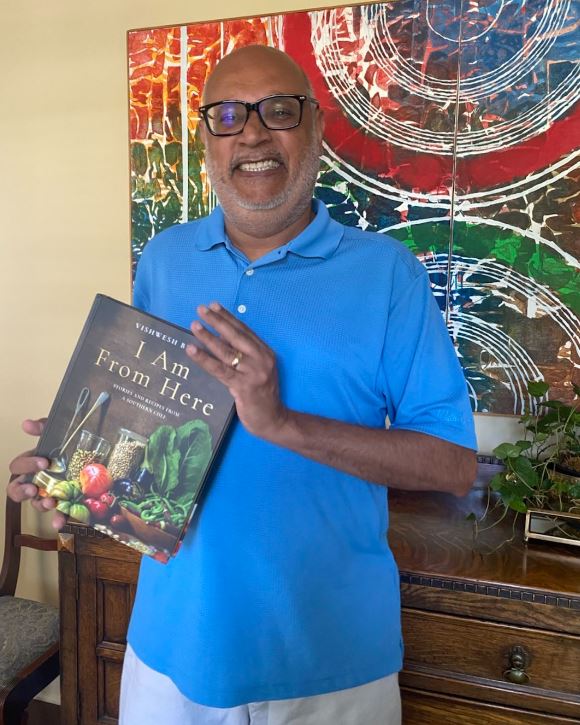
Chef Vishwesh Bhatt with his book
I Am From Here
In the book, Chef Vishwesh Bhatt has talked about growing up in Ahmedabad, Gujarat, in a large family, helping his mother in the kitchen and shopping for fresh vegetables with his father. He has fashioned the book somewhat differently from other cookbooks. Individual chapters are dedicated to rice, catfish [a very popular Southern staple], pork and meat, chicken, prawns and seafood, beans and pulses, potatoes and sweet potatoes, corn and one especially for okra, or bhendi as we know it. There are chapters dedicated to peanuts and greens – more so collard greens – again a southern mainstay.
The recipes are underlined with global influences. From Morocco to Mumbai, Ahmedabad to Afghanistan, Turkey to Trinidad and Italy to Spain – they are all reflected in a glorious coming together of seemingly disparate ingredients, in a medley of tasty and hearty food. The Indian influences are strong though; from recipes for chaat and garam masalas to baingan ka bharta – they co-exist with other international dishes.
Food for Thought
Chef Vishwesh Bhatt is a generous man. In the book, besides sharing his much loved and evergreen recipes like the evergreen hit, Okra Chaat [which stays on his menu all through okra season], he has shared recipes for spice mixes, techniques, and tips about ingredients like coriander seeds, ajwain and asafoetida, explaining how to use them and the best way to do so. Perhaps aimed at the Western reader interested in cooking but unfamiliar with these condiments. There is even a helpful recipe finder segment where he suggests what dish you could make for a picnic lunch to a brunch, a cocktail party, one-pot dinners and weeknight meals.
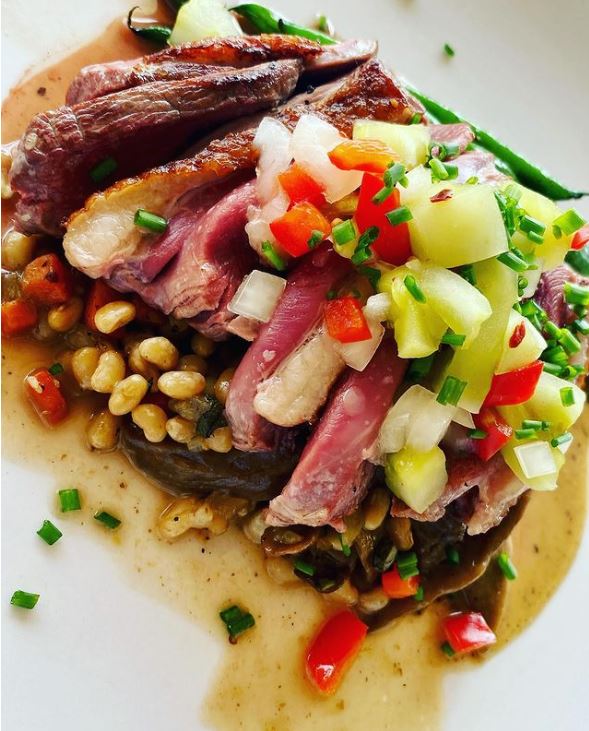
A Snackbar preparation
In the acknowledgements, he gives credit to all the family members, chefs and other people who have influenced his journey. He mentions using his fellow Southern Chef and friend Meherwan Irani’s spice brand – Spicewalla. For further reading too, he has helpfully shared names of recipe books authored by other chefs. A less secure person would consider that competition!
Global trends in food Vish believes are moving towards Indian food getting appreciated in the way it should be. “Finally, people are realising how good the cuisines of India are. And that they are not a monolith as one. People are becoming more aware of how ingredients have moved and they are also experimenting with spices and condiments like fenugreek, mustard seeds and turmeric.” What’s next? “Working on a second book project,” he concludes, succinctly.
Chef Vishwesh likes to eat:
- Ponk under the bridge in Surat
- Thali: At Gopi Dining Hall and Ashrafi Kulfi in Ahmedabad
- O Pedro: almost all of the menu
- Bombay Canteen: Thepla tacos
- Ashok Vada Pav: Vada Pav [both in Mumbai]
- Any of the Unapologetic Restaurants Group’s restaurants in NYC
- South Indian at Semma
- Bheja Fry at Dhamaka
- Compere Lapin: Any pasta dish and the Goat Curry
- Gautreau’s: The fresh fish of the day or Crab Remoulade
- Mr Mao in New Orleans: Snacks
- Botiwalla in Atlanta: Kathi Roll, Dahi Sev Purii
Follow Chef Vishwesh on Instagram


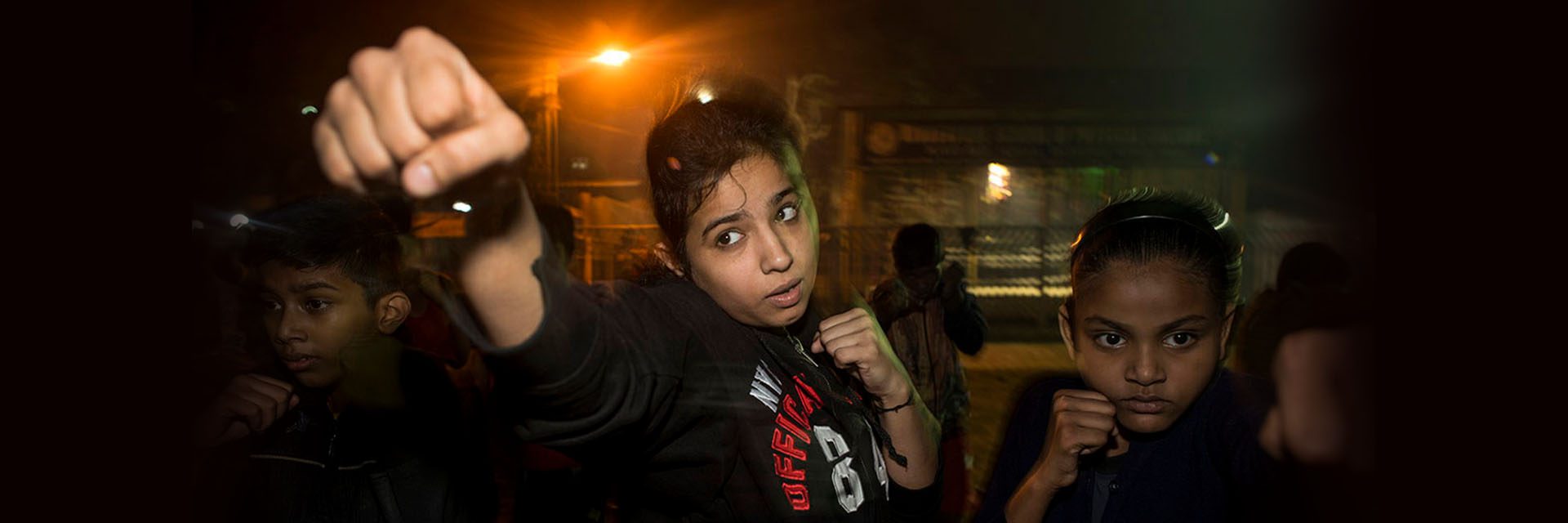
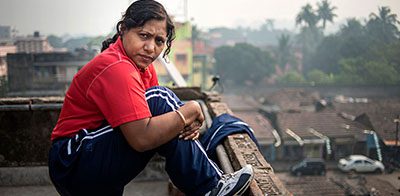 Razia Shabnam exercises at her rooftop; Photo Courtesy: Arindam Mukherjee[/caption]
Razia Shabnam exercises at her rooftop; Photo Courtesy: Arindam Mukherjee[/caption] Photo Courtesy: Arindam Mukherjee[/caption]
Photo Courtesy: Arindam Mukherjee[/caption]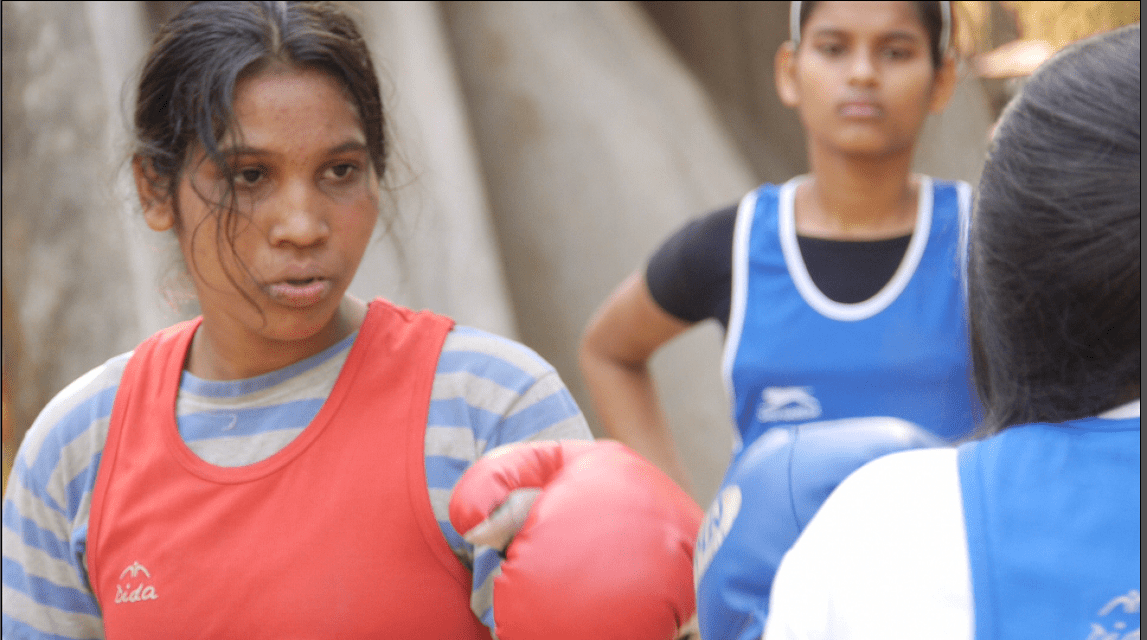 Ajmira Khatun during a practise session; Photo Courtesy: Alka Raghuram[/caption]
Ajmira Khatun during a practise session; Photo Courtesy: Alka Raghuram[/caption]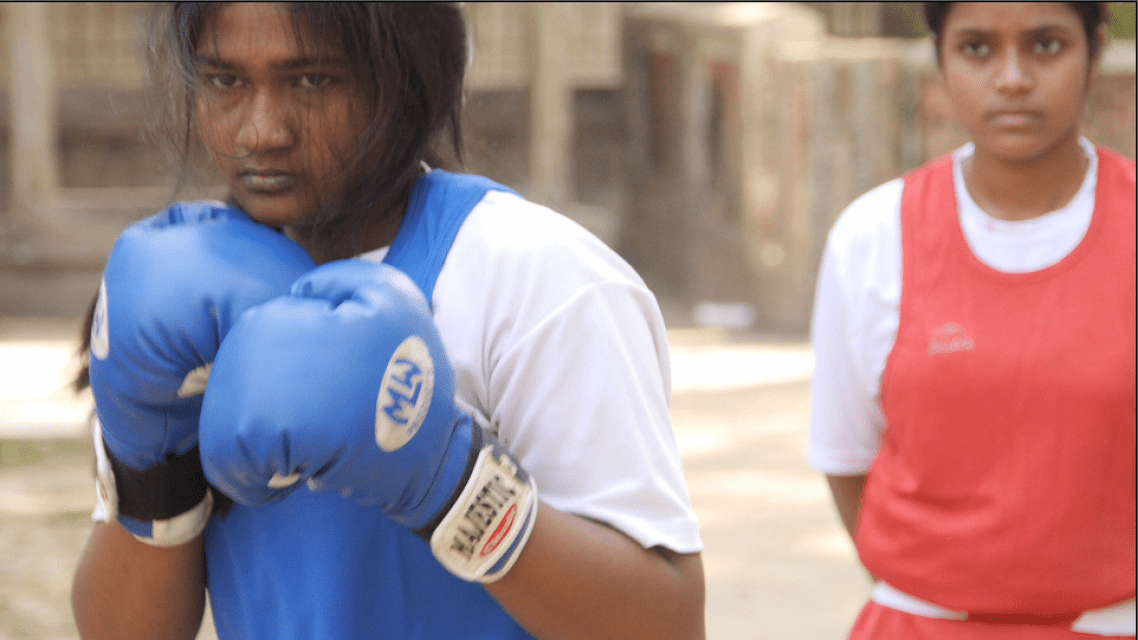 Taslima during a practise session; Photo Courtesy: Alka Raghuram[/caption]
Taslima during a practise session; Photo Courtesy: Alka Raghuram[/caption]
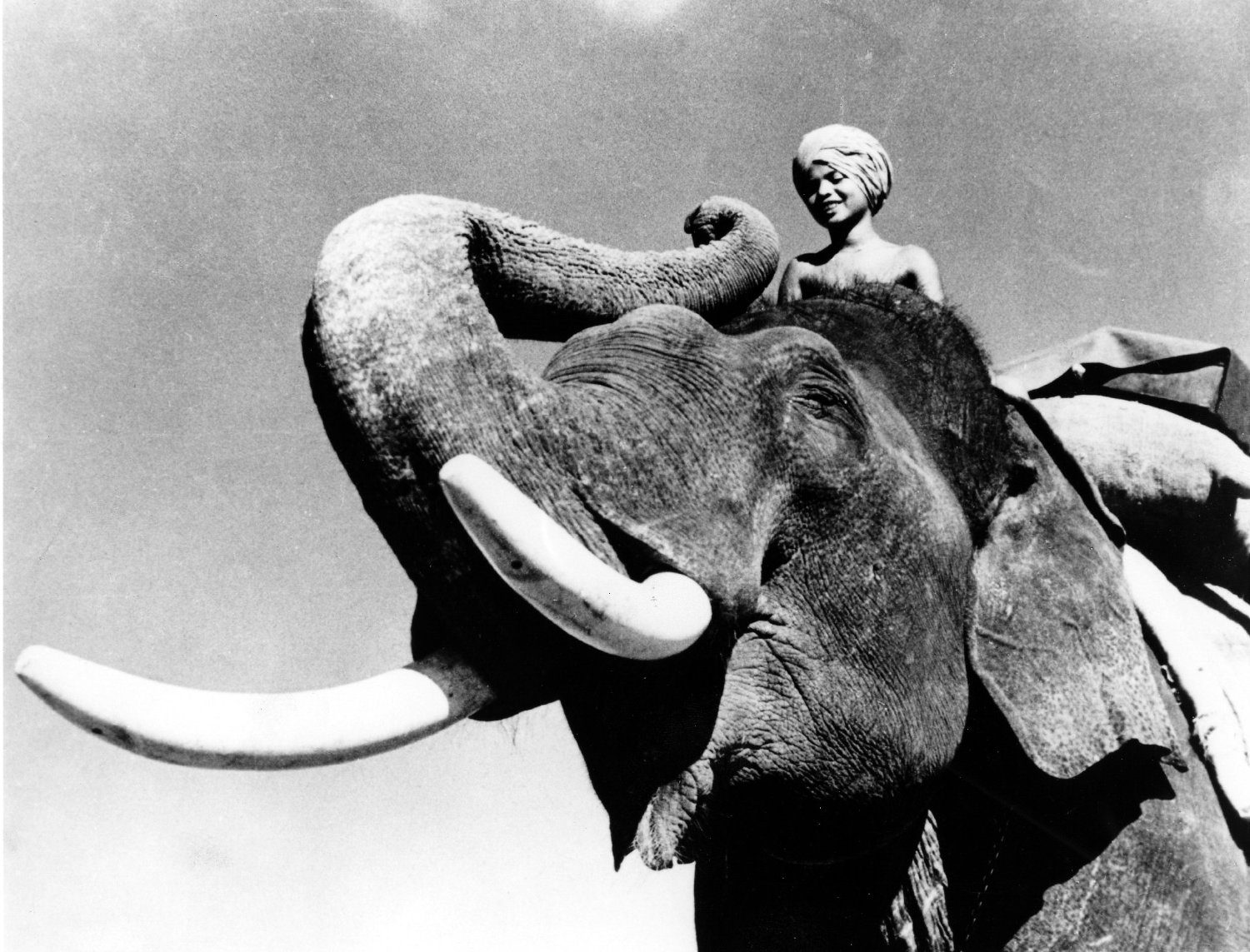 Sabu Dastagir in a still from Elephant Boy[/caption]
Sabu Dastagir in a still from Elephant Boy[/caption]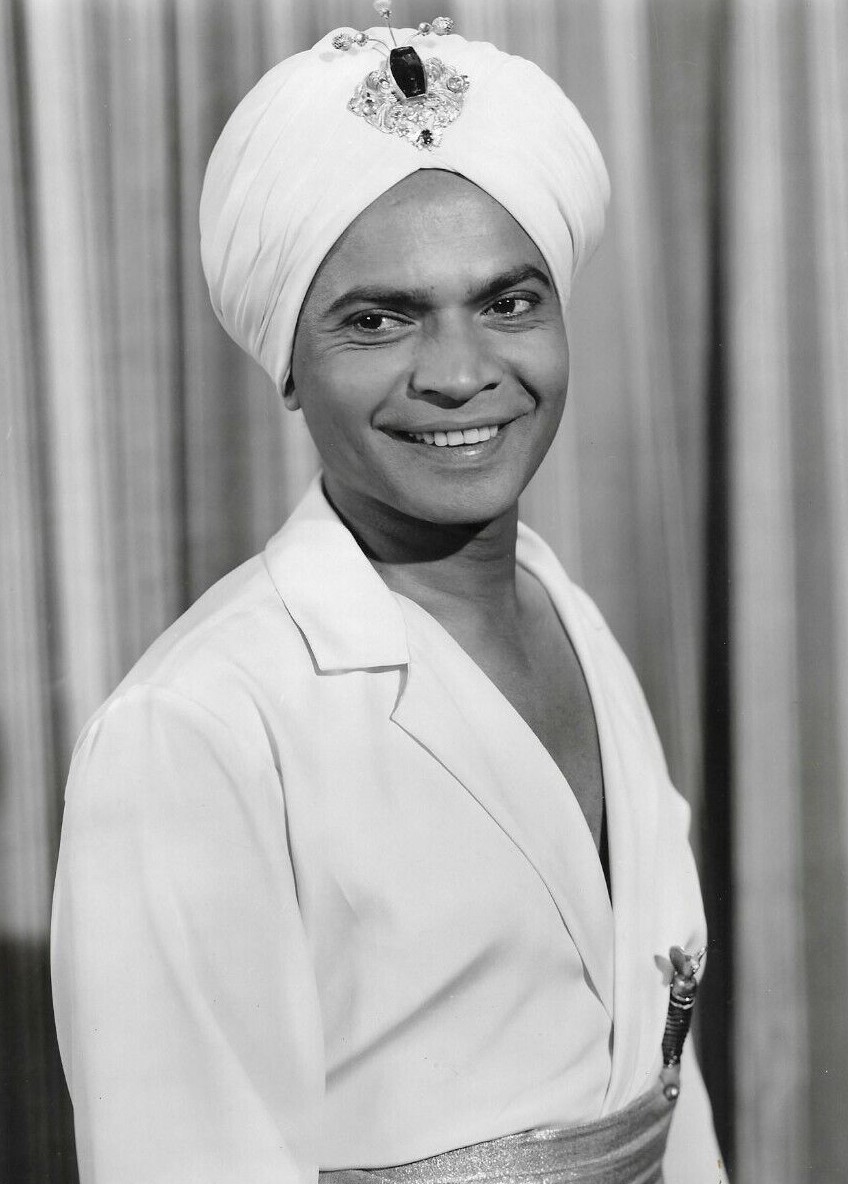
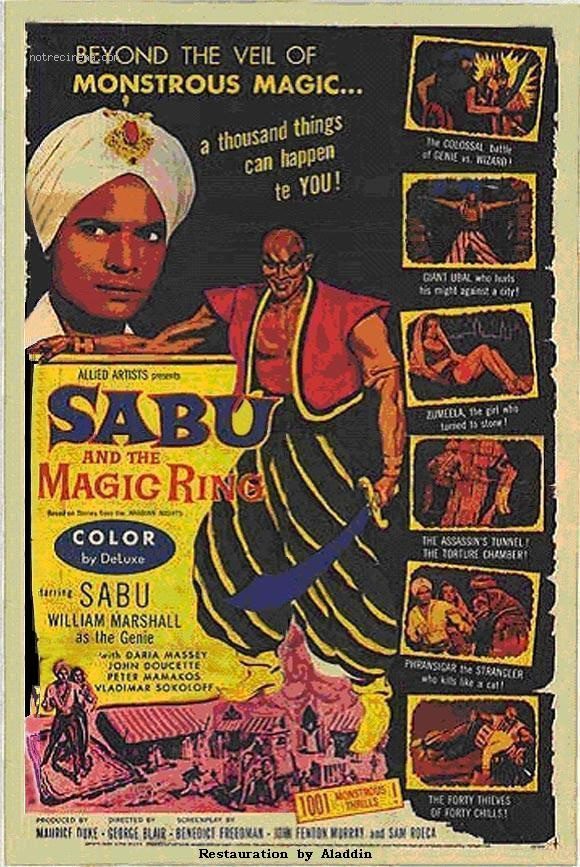 The poster of Sabu and the Magic Ring[/caption]
The poster of Sabu and the Magic Ring[/caption]
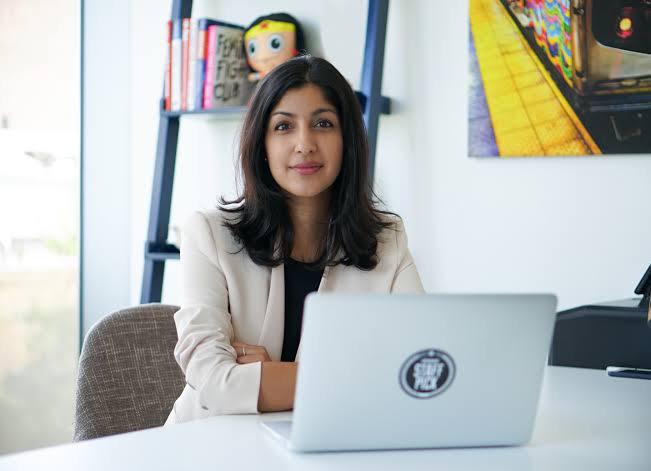

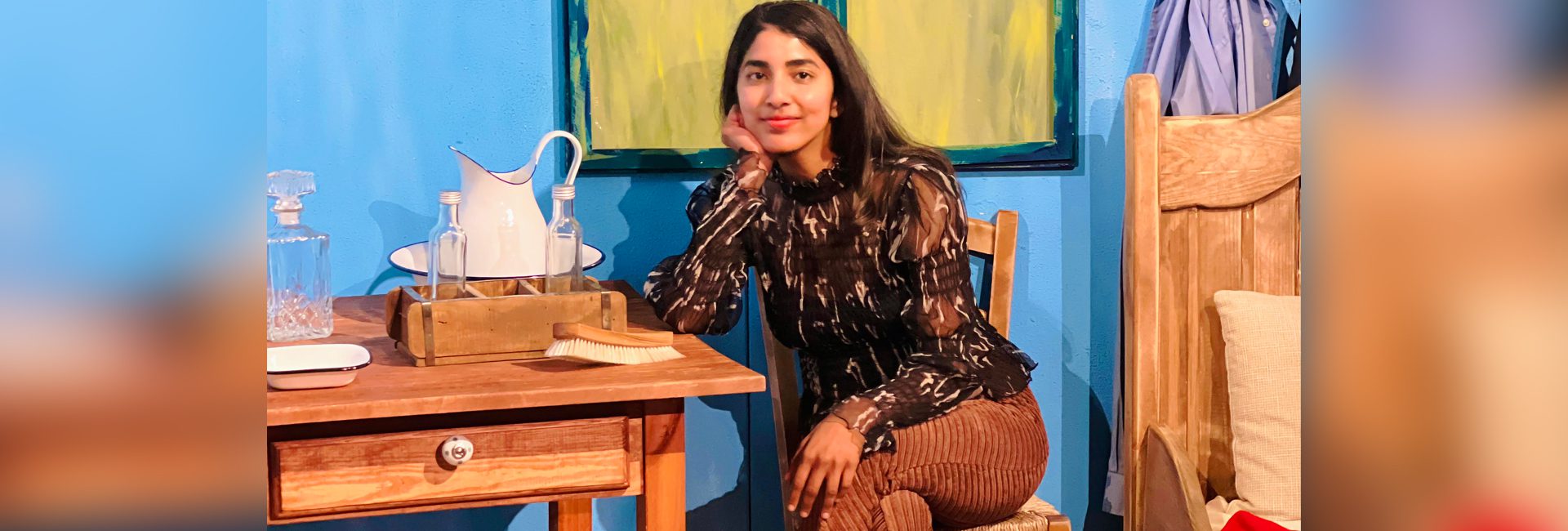
 Poster of the animated Netflix film, Elf Pets: Fox Cubs Christmas Tale[/caption]
Poster of the animated Netflix film, Elf Pets: Fox Cubs Christmas Tale[/caption]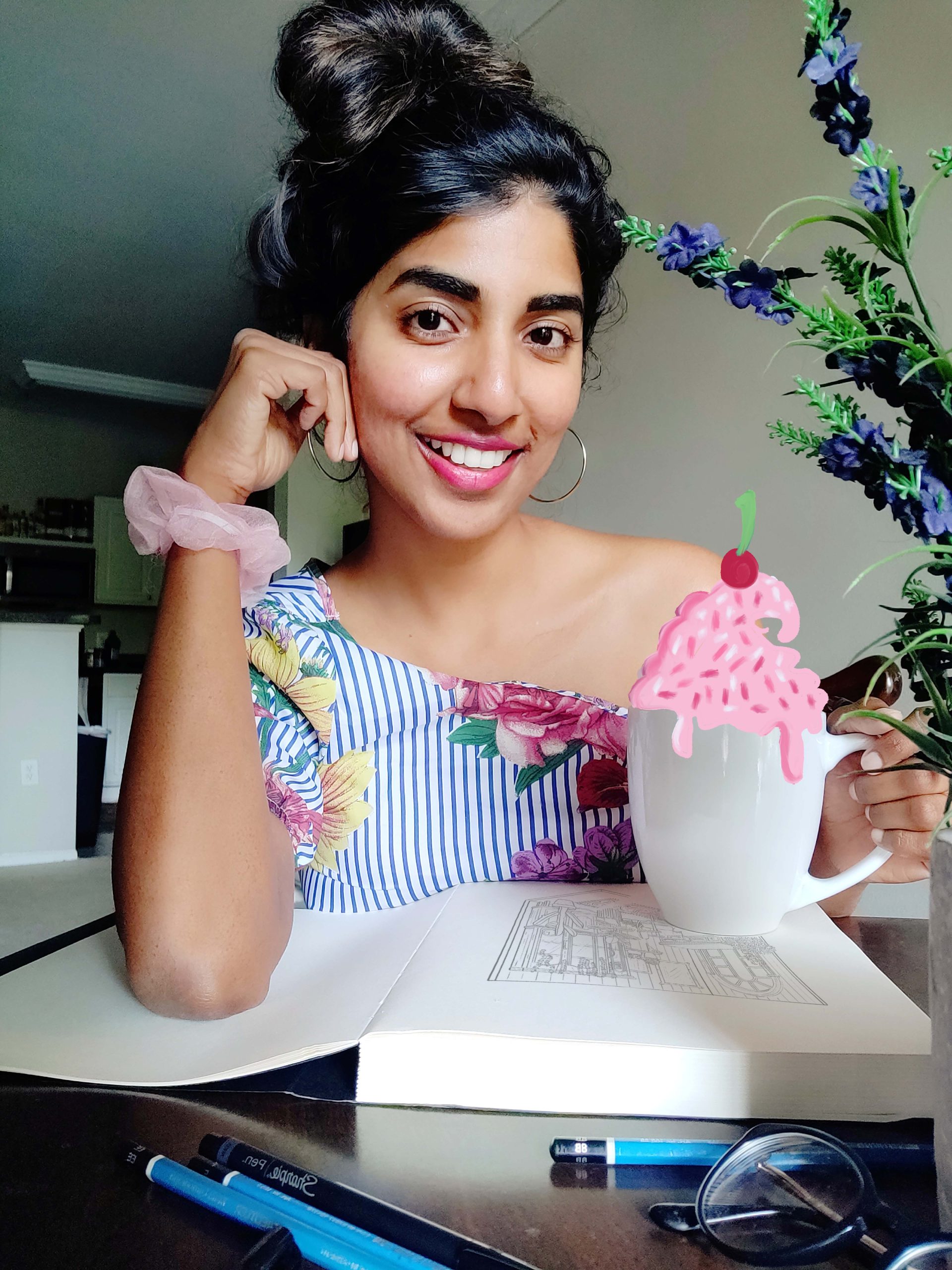
 A still from the animated movie, Elf Pets: Santa's Reindeer Rescue[/caption]
A still from the animated movie, Elf Pets: Santa's Reindeer Rescue[/caption]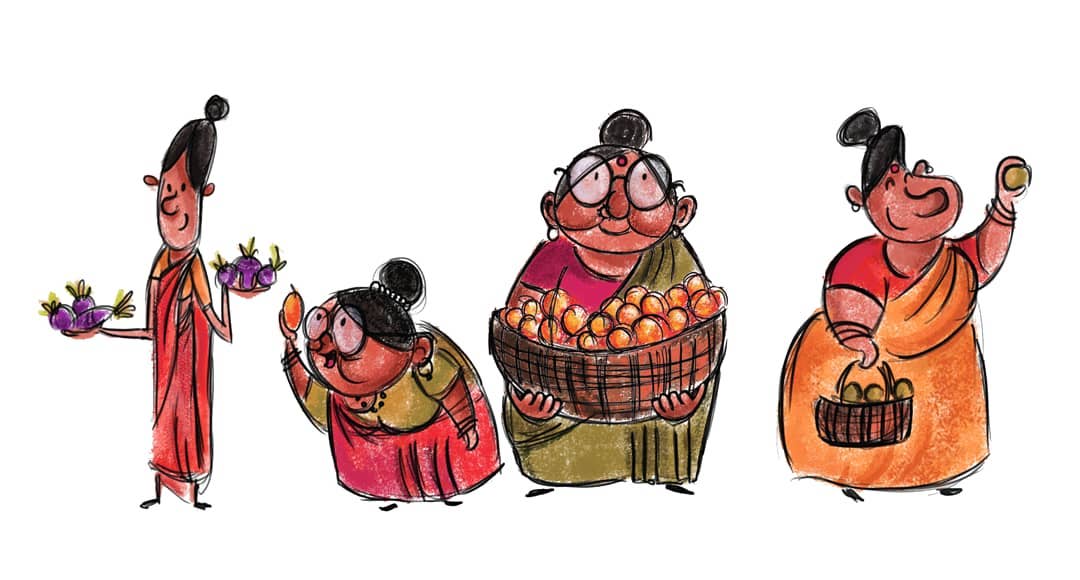 An illustration by Meghana[/caption]
An illustration by Meghana[/caption]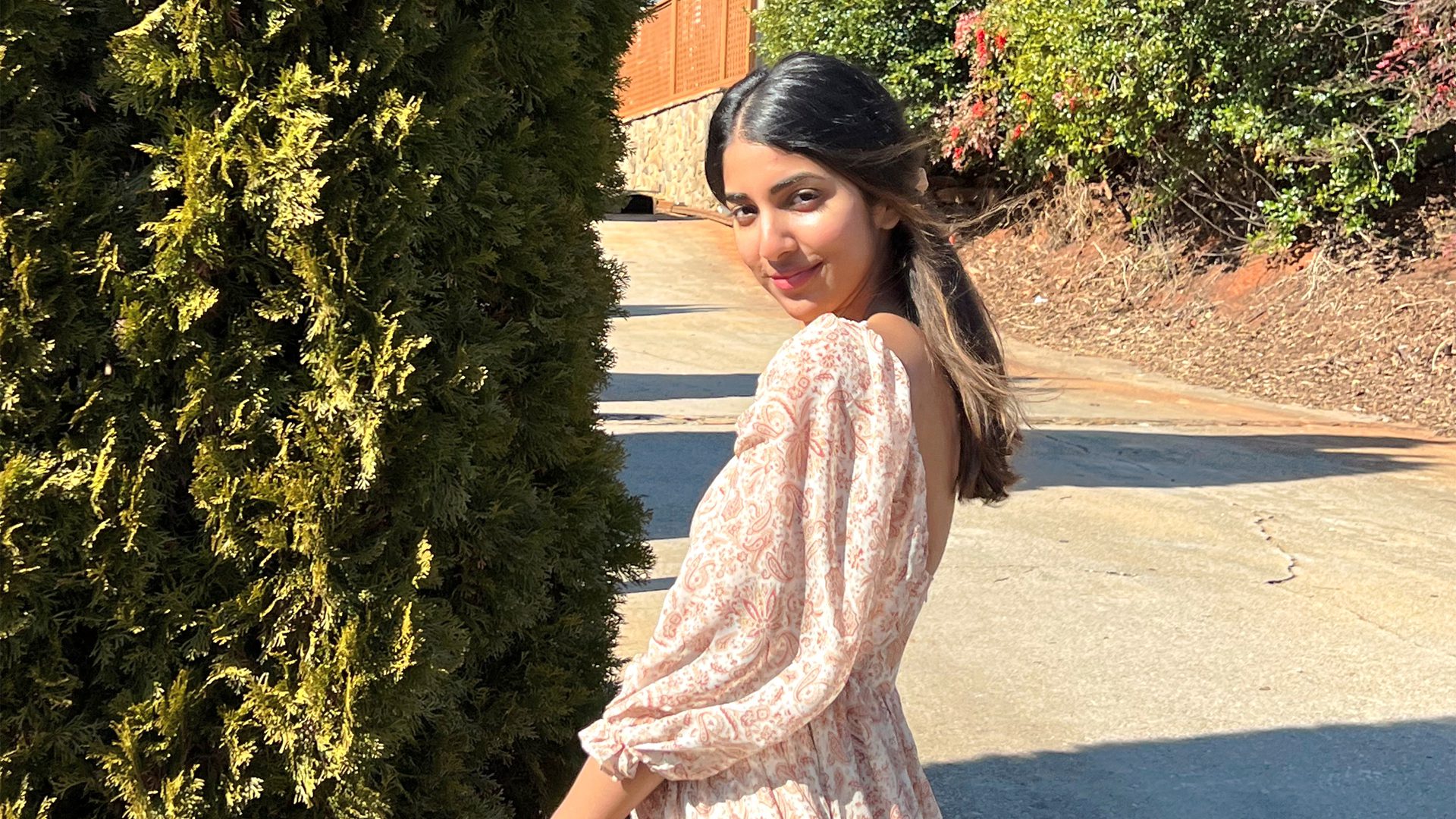
 Another animated work by Meghana, called Bless the Harts[/caption]
Another animated work by Meghana, called Bless the Harts[/caption]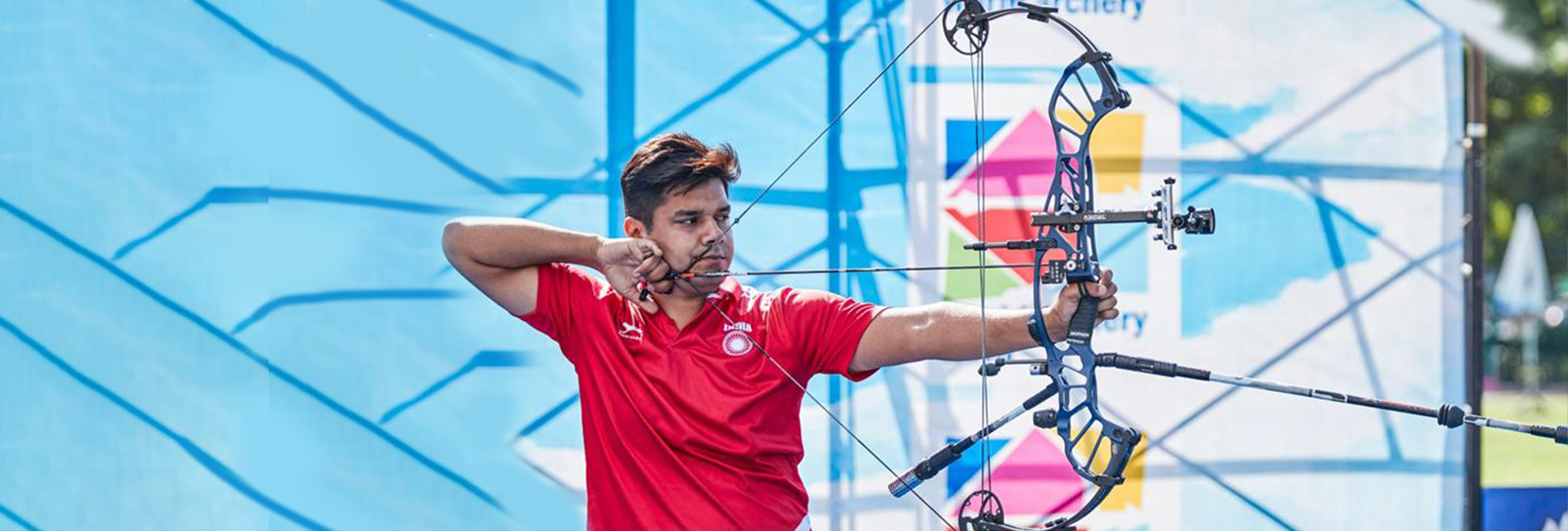
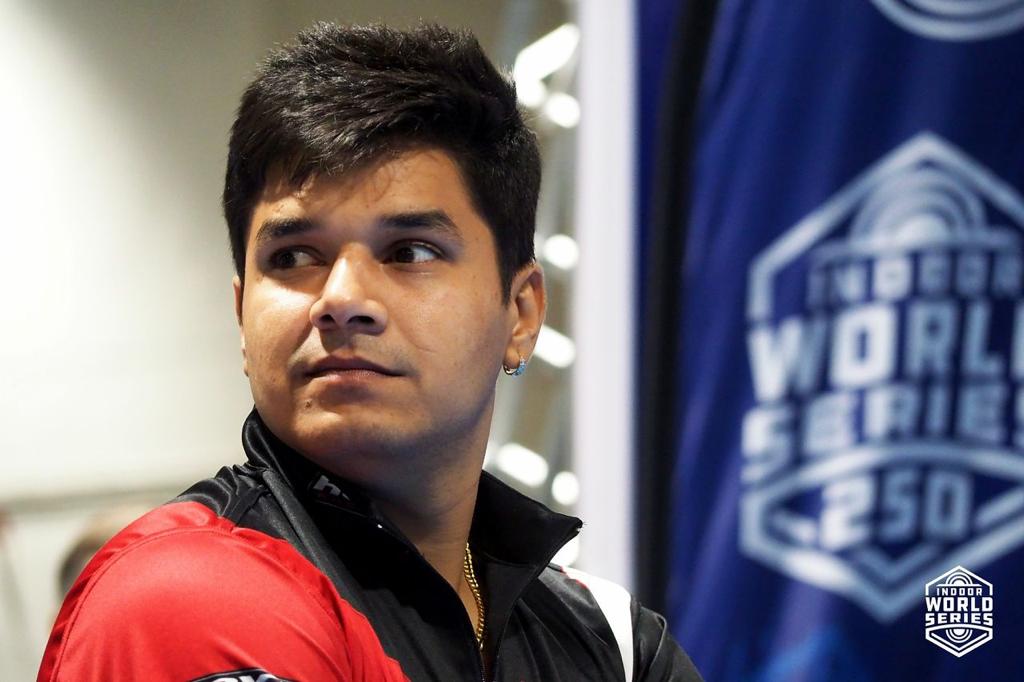 Indian archer Abhishek Verma[/caption]
Indian archer Abhishek Verma[/caption]